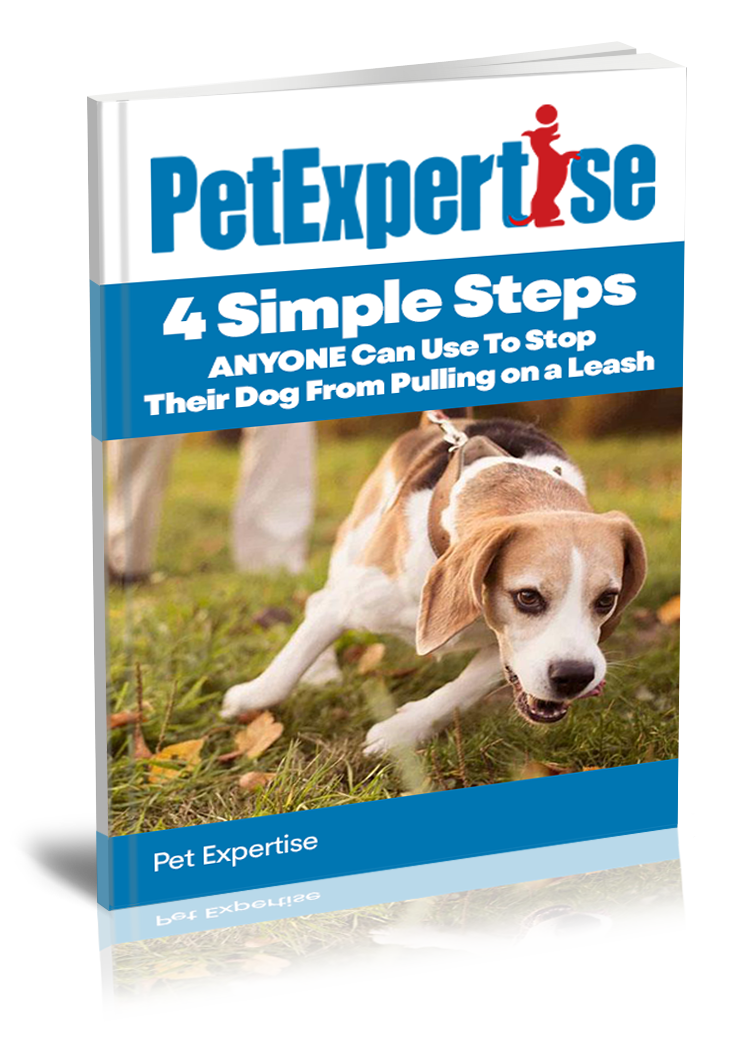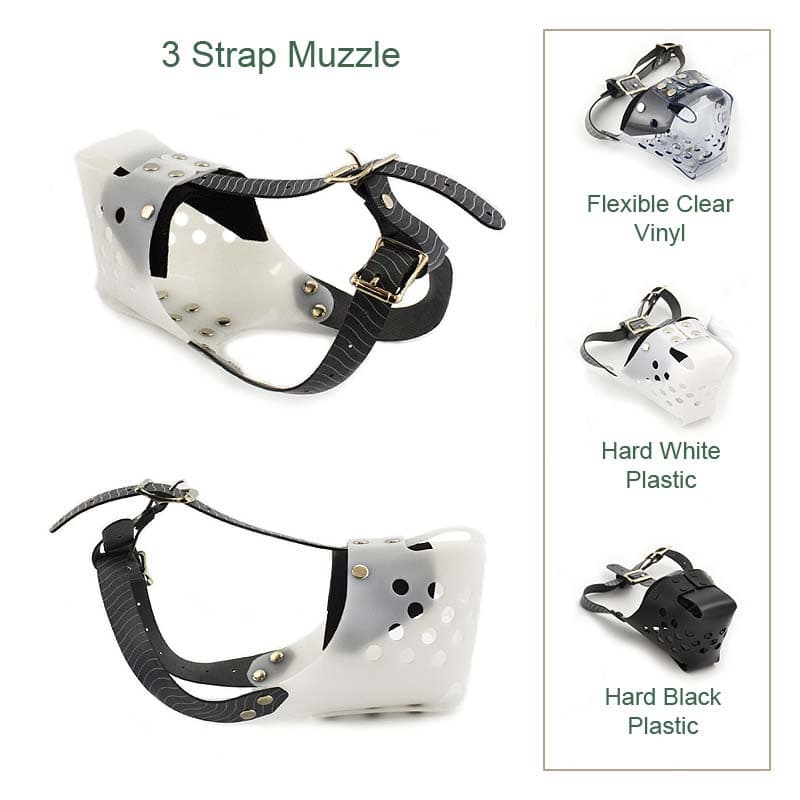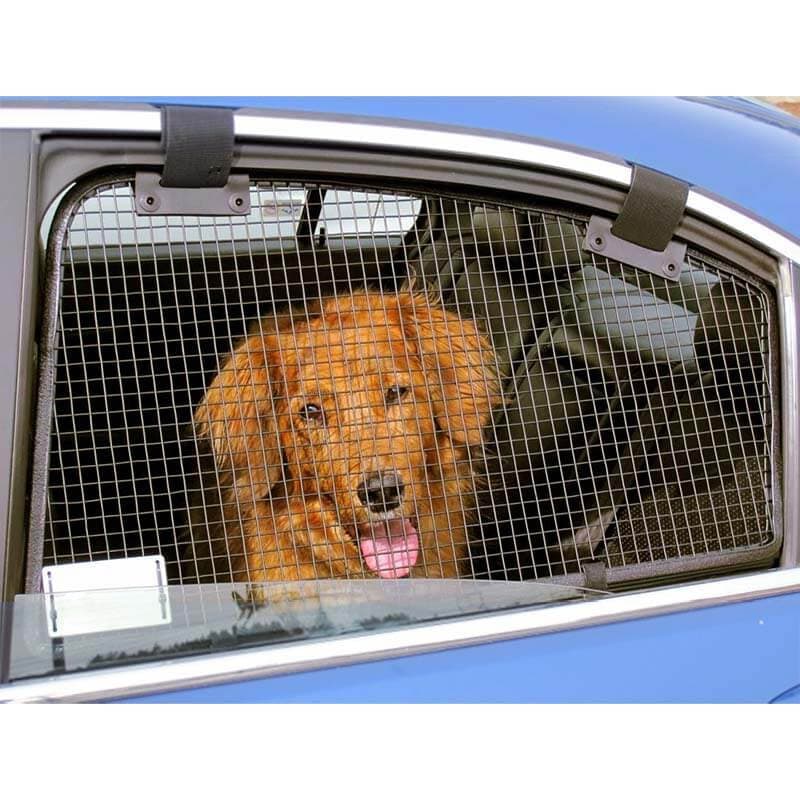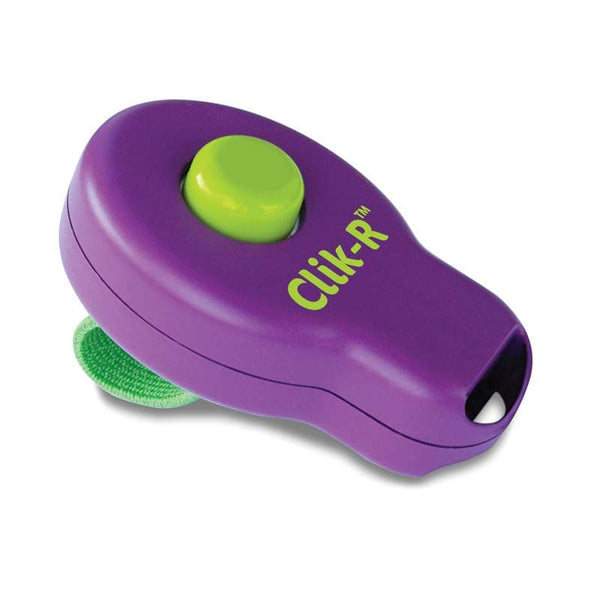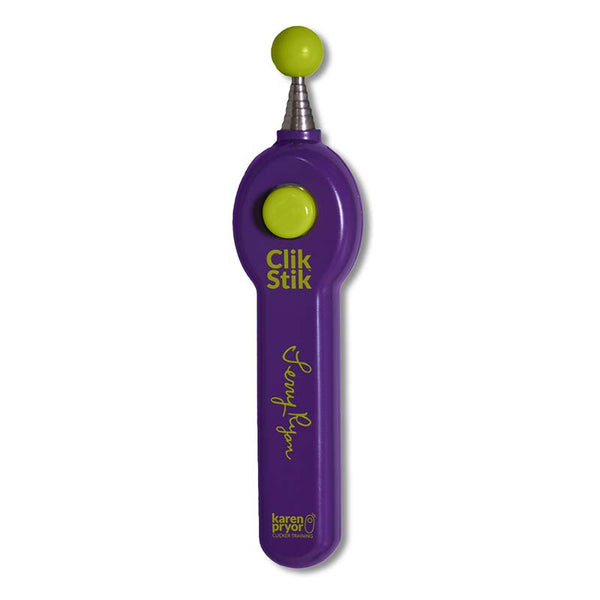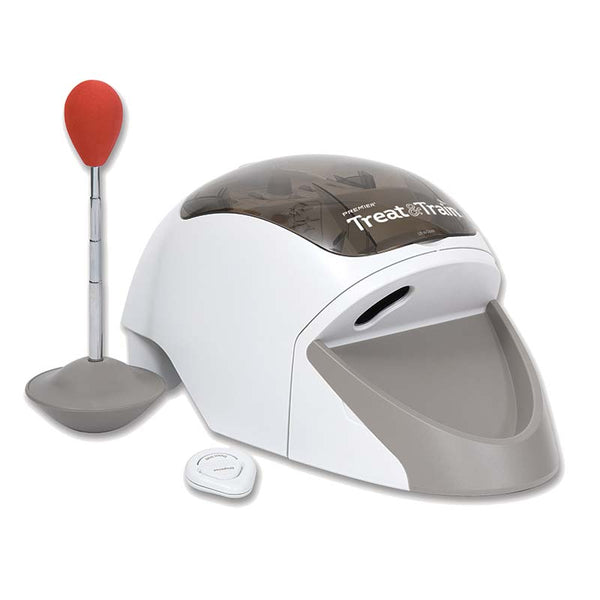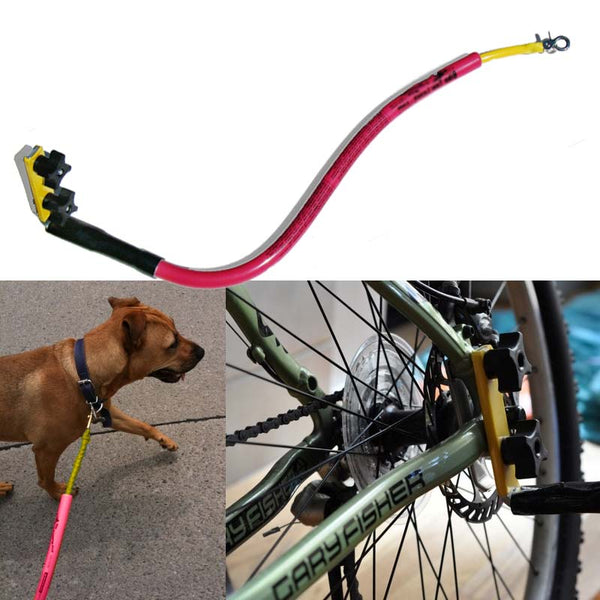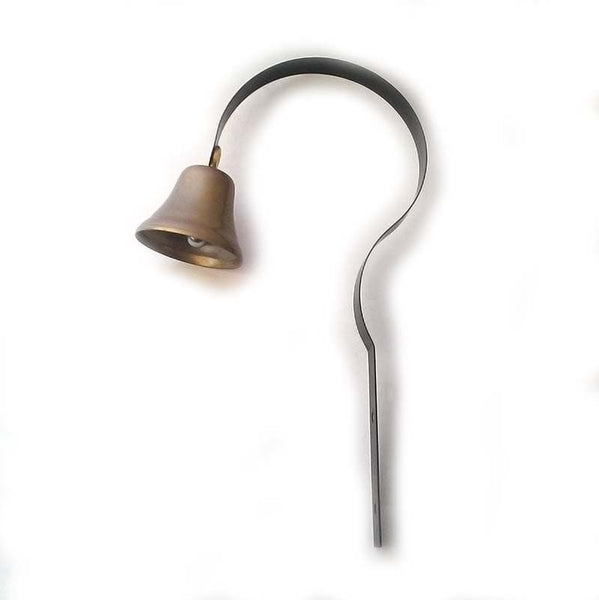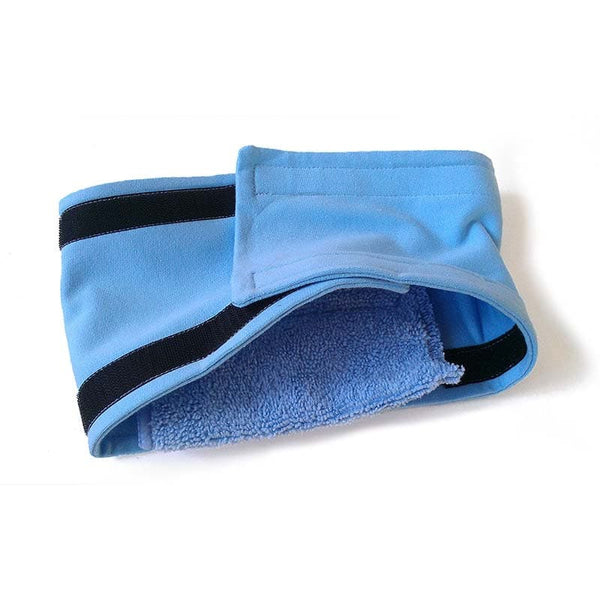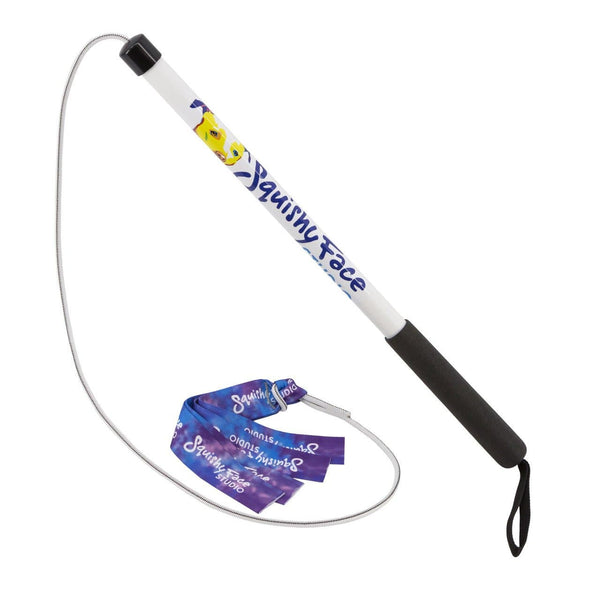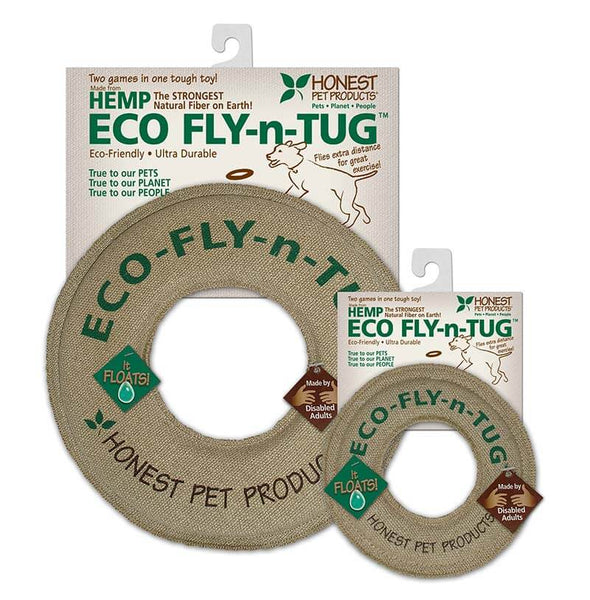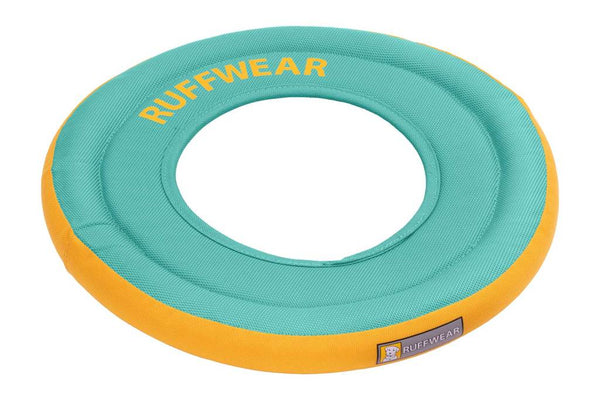Pam Johnson's New Puppy Training Primer. With Videos!

Reward, Reward, Reward Your PUPPY!
Positive Reinforcement / Clicker Training is amazing because you can start training a puppy right away. Do not wait until your puppy has developed a behavior problem. Train your puppy to know what you expect of him by rewarding all of the behaviors he does that you like. Reinforcement drives behavior, which means that the more you reinforce your puppy for all the wonderful things he does, the more he will offer those behaviors again. In other words, instead of punishing your puppy for jumping up, teach him that sitting on the ground is what you want by simply rewarding the behavior of sitting. You are teaching your puppy that sitting is the acceptable behavior. Think of reinforcement as your puppy's paycheck. I would not work for free, would you?
Capturing Behaviors "“ Clicking when your dog offers a behavior you like and that you would like to see repeated or click behaviors your dog does naturally. If you are not familiar with clicker training, you can simply pop a piece of food in your dogs' mouth or drop a treat in front of him for acceptable behaviors. For a video, visit: http://www.youtube.com/watch?v=-dmEbezlpGo
Example of capturing a down: You are having trouble getting your dog to lie down. So at home you sit on the couch with your dog on leash and wait; when your dog lies down naturally you click and toss a treat to get him back up. Then click and treat him every time you see him lay down. Once he figures out what is earning the click, he will begin to lie down immediately after he gets the reward. That is when you can add the cue "down" because you can be certain he will lay down after you say it.
Puppy Potty Training / Housebreaking:
Take your puppy to his potty spot on leash and wait for him to go. You can say, "go potty" and when he finally goes potty, reward him. Parents do this all the time with children when potty training. I am sure you have heard of some parents doing the potty dance or giving M&M's for going in the big boy potty. Well dogs are not any different in the fact that they love to be rewarded for good behavior. When your puppy does go potty in the spot you want him to go, have a party and reward heavily every time he goes there. My dogs are 6, 4, and 1 year old and I still every once in awhile reward with treats, praise, and play with toys for going potty in their potty spot. One is never too old to be recognized for a job well done.
Loose Leash Walking with Your Puppy:
Place your pup's harness and leash on and practice loose leash walking around the house. When he is next to you click and treat with the treat to the mouth or on the ground at your heel. Then move away from your puppy, click and treat when he returns next to you again. You can also just stand there and click and treat for your puppy staying next to you. Once your puppy is walking around inside the house on a loose leash, go out in the back yard and practice. Keep progressing to more challenging and more distracting areas. If your puppy gets ahead of you, simply stop, turn and go the other way. When he catches up, click and reward. The more you reward your puppy for being next to you, the more he will want to be next to you, and before you know it he is walking on a loose leash no matter where you are. For a video, visit: http://www.youtube.com/watch?v=sFgtqgiAKoQ&feature=related
Dealing with Puppy Biting and Mouthing:
When your puppy is in front of you, put your hand in front of his face but before he has a chance to bite, click and treat. Do this a few times, then increase the level of difficulty slightly by moving your hand around a little and click and treat before he bites, licks or mouths you. You are teaching him that if he reframes from biting or mouthing your hand, he can earn a reward. You are clicking and treating the absence of biting or mouthing. Get creative and move around waving your hands, arms, legs, and reward your puppy for not biting or mouthing you. Make sure that you do not click the clicker too close to your puppy's ear. For a video, visit: http://www.youtube.com/watch?v=kk7Truce2OM
Playing the "Watch Me" Game:
This game helps you capture your puppy giving you eye contact. Get your puppy off to a great start by teaching him how to pay attention to you. How do you maintain your puppy's attention with distractions around? Start out sitting in front of your puppy and every time he looks at you click and toss a treat. Once your puppy is really good at this, then try it standing, and eventually moving. It is a simple game and all you are doing is clicking eye contact and eventually for longer and longer eye contact. Play this game in many different locations and keep increasing the amount of distractions. If at any time your puppy fails, go to an easier location and practice from there. For a video, visit: http://www.youtube.com/watch?v=JHLvt6TQzqA
Train a "Positive Interrupter" for Puppy Misbehavior:
With puppies it is important to be able to get their attention and interrupt undesired behaviors before they become behavior problems. So, how do you get your puppy or dogs attention when he is off sniffing a bush, getting into the dirty clothes, or doing something that you really wish he were not doing? What if you made a noise that encouraged your puppy to look at you and ignore that interesting item?
If you use the word "No", jerk him, or yell his name, you are only suppressing the behavior. Using these words or actions will cause the puppy to associate you with punishment and your puppy will be less likely to want to work and interact with you. Your puppy will also not learn what is acceptable, so he might go through his entire list of annoying dog behaviors before he thinks of the behavior you wanted him to do from the beginning.
Instead of using physical or psychological intimidation to stop your puppy from doing an undesirable behavior, use a positive interrupter. Why would you want to use a positive interrupter? Well, it teaches the dog what you want him to do; to stop what he is doing and look at you. In addition, you are building your pup's desire to do what you want him to do.
How to train the positive interrupter:
Make the noise that you want the puppy to respond to such as a kissy noise or whistle and then feed a treat. Make the noise, pause for a second and then give a treat. Repeat this until the puppy expects a treat after the noise. You could use a word, but a noise that always sounds the same works best.
Next make the noise while the puppy is looking away from you and as he turns to look at you (for the treat) mark that behavior with either a click or by saying "yes". Once you have repeated this step you can then add distractions. Have the puppy on a leash so he cannot reach the distraction (perhaps a low value piece of food on the ground) - make the attention noise, and when he turns to look at you, click or say "yes" and then feed a treat. If the puppy does not turn towards you, do not click or say "yes". Also, the dog should not be allowed to reach the distraction that he is interested in. You can take a step backwards from the distraction to make it easier, to allow the puppy to succeed. You can condition this attention noise to muscle memory in the same way a driver responds to a green light traffic signal (Green light means go! Kissy noise means look at you!). Once you have practiced in many different places where your puppy can disengage in what he is interested in to come towards you and look at you, you can start using the sound to interrupt behaviors that you find undesirable. For a video, visit: http://www.youtube.com/watch?v=tRg3FgmpjnE
Important caveat: Keep in mind that if you ignore the puppy and only pay attention to him when he is doing undesirable behavior, you will be training him to do exactly what you do not want by providing your attention whenever the unacceptable behavior occurs. The goal is to reward the pup for the correct responses. Rewarding good, acceptable behaviors in addition to interrupting and preventing the undesirable behaviors will help your puppy grow up into a well mannered adult dog.
Example: If your puppy steals your underwear and runs around the house with them to get your attention, then you have got to reinforce him with your attention when he is calm and doing nothing. When your puppy is lying at your feet quietly, that is when you will reinforce him with more attention than when he runs off with your underwear.
Do not wait to train your puppy! Don't wait until your puppy has developed a behavior problem! Get started right away by simply rewarding and paying attention to the behaviors your puppy does that you like and want repeated. Have fun with your puppy, be positive, reward and acknowledge good behavior, work on building a strong bond, and you will be off to a great start with your new best friend, your puppy.
Article by:
Pamela Johnson, B.S., M.A., CPDT-KA
Pam's Dog Academy
www.pamsdogacademy.com
(619) 888-3139
- Choosing a selection results in a full page refresh.
- Press the space key then arrow keys to make a selection.

